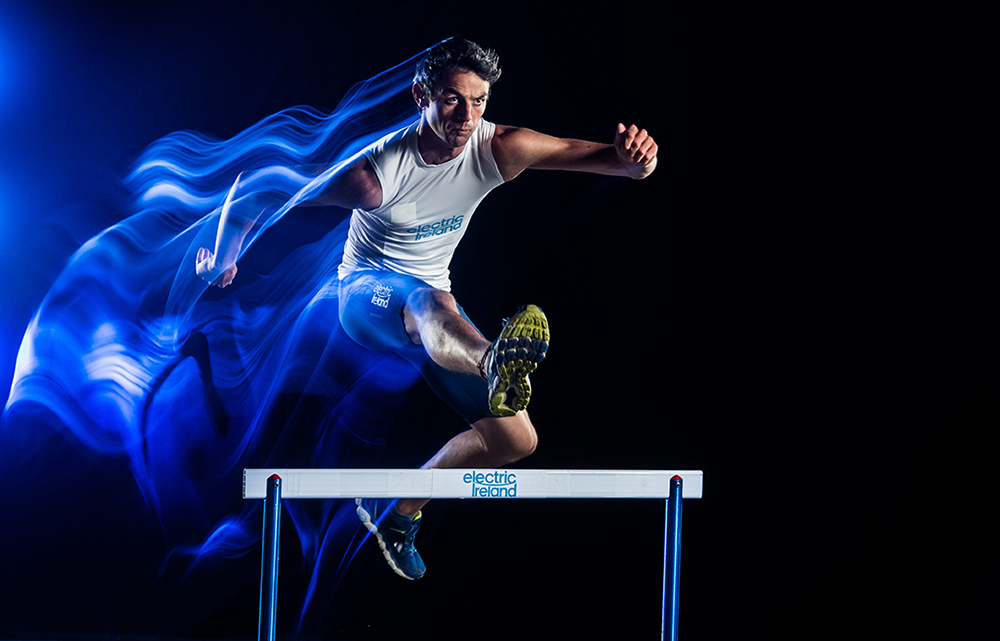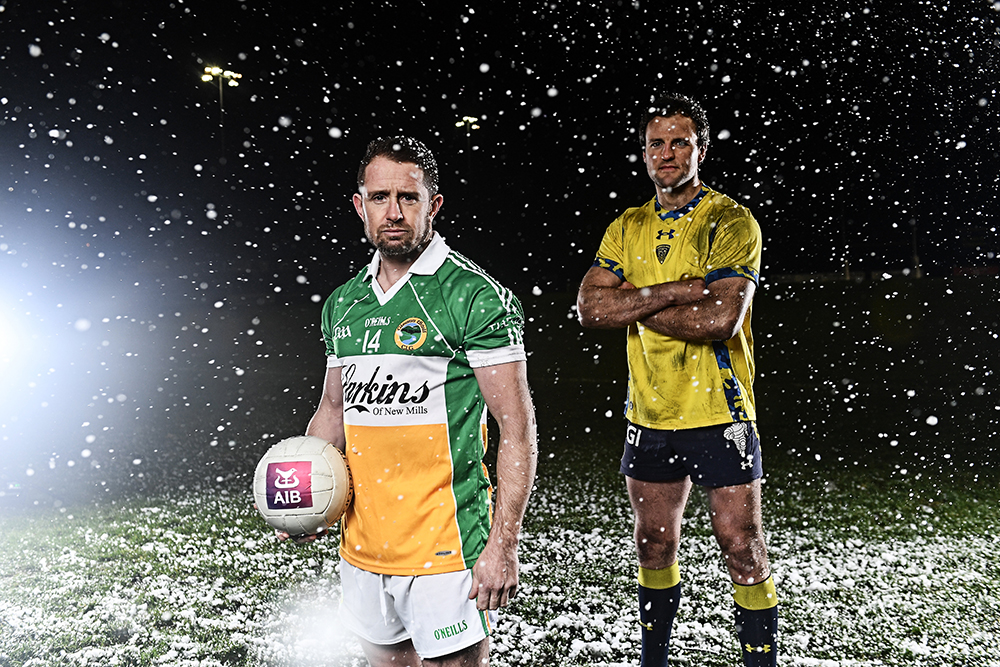
“The fields of play will turn brown and harden, the snow will fall, but in the heart of the fan sprouts a sprig of green.” (John Thorn)
 With over 2.8m Irish people engaged in some form of sport, it has become a valuable platform for brands and indeed PR companies, writes Sarah O’Connor.
With over 2.8m Irish people engaged in some form of sport, it has become a valuable platform for brands and indeed PR companies, writes Sarah O’Connor.
Sarah O’Connor is head of sport with Wilson Hartnell.
Nelson Mandela famously spoke of the power of sport to change the world. Mandela was speaking of sport’s ability to break down racial division in a way that no Government could. A defining moment of Mandela’s Presidency was when he appeared in a Springbok jersey in advance of the Rugby World Cup Final against New Zealand, a jersey that for years was a symbol of oppression to many.
Mandela saw the truth that the real power of sport is found not in the sport itself but at its periphery, in the influence it has on people’s lives and the way they behave. Sport draws people in like nothing else. 2.8m Irish people participate in sport each year. It is also the single biggest driver of volunteerism in Ireland with 500,000 adults volunteering. Sport is a connective glue for society.
Sport also entertains. Sporting fixtures regularly dominate the top 10 most watched TV programmes each year. Sport builds communities. Deloitte’s recently published research into race-goers in Ireland found that 70% of them go to socialise. This finding mirrors earlier research published by the ESRI & Sport Ireland into the reasons people get involved, or volunteer in sport. Sport invokes huge passion. It is well established that sports teams become so embedded in people’s lives that it feels like a legitimate relationship, a team cannot be cut off without cutting off a part of yourself.
It is this relationship between sport and fans that has drawn business to use sport as a marketing driver. The capacity of sport to generate emotional engagement with the consumer is what has driven business to seek a legitimate connection between brands and sport, thereby generating an emotional attachment between the brand and its consumers existing and potential.
At Wilson Hartnell, we have been connecting Irish and global brands to sport for more than 40 years. We understand that marketers who look to connect brands to sport must follow the warning of WB Yeats when he wrote; “Tread softly for you tread on my dreams.”
Anyone lucky enough to be in Croke Park for the recent All-Ireland Finals would have experienced this. All four games were attended by people of all ages. The September Sundays, that play host to the Gaelic games symbolise the unique relationship between Irish communities and sport. Families, friends, communities and counties brought together by a sporting occasion that is both accessible and familiar. A shared experience that has tears, cheers, elation and devastation.
Accessible and familiar because today, more than ever before, sport is for everyone. Participation in sport and physical activity is on the rise. As consumers, and public policy are increasingly focused on health and wellness, further increases are likely. There has never been as much sporting opportunity with more than 70 different sports on offer around Ireland with improved facilities and recognition dawning of the incredible natural Amphitheatre that is Ireland’s great outdoors.
Brands that want a credible presence on sporting occasions must add to the experience, not interrupt it. To ensure brands enhance the fan experience, any activity must be grounded in a real understanding of both the sport and the occasion; its meaning for those on the field of play and the people who care.
Ireland has a strong reputation in delivering world-class sponsorship campaigns. This is evidenced by the recognition of AIB, Electric Ireland and An Post at the European Sponsorship Awards over the years, most recently in February. It has also resulted in AIB being asked to speak at the IEG Global Sponsorship Conference in March.
Standout sports marketing campaigns are always underpinned by this understanding and at Wilson Hartnell, we are fortunate to work with some outstanding examples of how brands can enhance the sporting experience for fans. AIB’s award winning GAA sponsorship #TheToughest emerged from the insight that the GAA Club Championship is a competition that all the players want to win because it is won with brothers, cousins and life-long friends.
The dressing room video that was originally produced for social but became an iconic TV ad was captured because AIB understood that putting a camera in a dressing room was likely to generate extraordinary content. It depicted not just how much the competition meant to the teams involved, the communities they represented, but also how anyone with an interest or involvement in sport, would relate to that passion.

Guinness has been consistently at the forefront of adopting new ways to improve the fan experience when activating its sponsorships. Area 22 for example, more than 10 years ago, was market leading in terms of the access to players and expert analysis that it provided for fans in a manner that has now become commonplace given the evolution of media partnerships.
The female audience, traditionally not a focus for sports marketing, is increasingly engaged by sport. Research by Nielsen Sport found that both tennis and the Olympics now have more female than male fans. The same research found that the gap between female and male fandom has never been so narrow and is continuing to close, representing a significant opportunity for brands wishing to influence a significant household decision maker.
Sport provides a rich source for unique and original storytelling. Electric Ireland demonstrated this through its sponsorship of Team Ireland at the London & Rio Olympics. The 2016 #ThePowerWithin campaign focused on the resilience and determination of Ireland’s Olympic athletes in achieving their dreams, telling previously untold stories to which all consumers, not just sports fans, could relate.
Sport is also incredibly well-suited to multi-platform campaigns. It remains a big driver of live TV viewing. 70% of fans bring a handheld device when attending a sports event intending to use it during the game. 87% of people “second screen” whilst watching sport on TV. Be it checking scores, watching replays, seeking out analysis, engaging with friends, this change in behaviour combined with continuously developing technology, presents brands with the opportunity to engage with fans in a way that was simply not possible until recently.
At Wilson Hartnell, our approach to optimising sporting platforms for brands is founded on an unwavering passion for both. It is this passion, knowledge and deep understanding of the intersection between brands and sport that we bring to our work which allows the brands we work with forge meaningful connections with consumers.
First published in Irish Marketing Journal (IMJ September 2017)© to order back issues please call 016611660




















